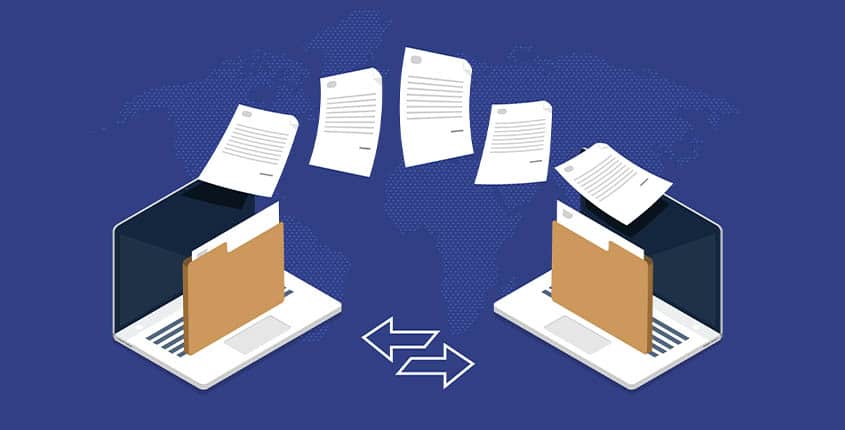
Information lifecycle management, or ILM, is a set of strategies for managing storage systems for computing devices. It is a process that ensures that data is protected and kept secure. In addition to managing data, ILM also involves policies and procedures for ensuring that data remains confidential. To learn more about ILM, continue reading. Here are some common information lifecycle management strategies: (*) Identifying the needs of the information owner
* Gathering, storing, processing, and distributing data: Once gathered, information must be organized into a hierarchy. The first stage is creation. The second step is archival. This step is crucial for disaster recovery. The third step is data usage. This involves making sure that data meets validations and is accurate. After it is created, it moves on to data publication. Once an information has reached this stage, it is ready to be reused.
* Maintaining and deleting information: After capturing and storing data, the next step in the information lifecycle is maintenance. This step entails establishing processes for tracking, analyzing, and destroying information. In addition to creation and management, the data also goes through enrichment, standardization, presentation, and purging. The types of data can vary widely, and each organization will have its own specific needs. But there are certain key considerations that are essential for preserving and destroying information.
Creating, storing, and destroying information based on the information lifecycle methodology. Data lifecycles are divided into three stages. Hot data is required for day-to-day operations, so it needs to be kept in a high-speed data warehouse or on Tier 1 storage. Warm data, on the other hand, is stored for a period of time to serve a specific business purpose. Cold data is stored and discarded.
The information lifecycle also considers data management. The lifecycle involves the collection, storage, and destruction of data. During the creation process, the information can be used to support the business. In addition, it can be stored, processed, and even shared. It can also be shared outside of the organisation. During the use phase, the information is archived and disposed of. As a result, the entire process has many stages.
Information is stored and retrieved. It may be in a variety of forms, including raw data, Big Data, and bulk information. In all cases, it must be preserved. It should be categorized and indexed, and it must be accessible and secure. Its storage method determines how much time it takes to retrieve it. The data can be stored in parallel servers or tiers. The storing process is based on the type of information and how it is processed.
It is important to acknowledge and incorporate methods of data analysis and synthesis in the information lifecycle model. Regulatory requirements should be taken into account in the information lifecycle. Finally, it is important to recognize and document the data types that are produced. In the context of the information lifecycle, it is imperative to make a decision on the best way to manage the data. It is essential to ensure that the data is accurate and accessible. There are a variety of ways to improve your information management.